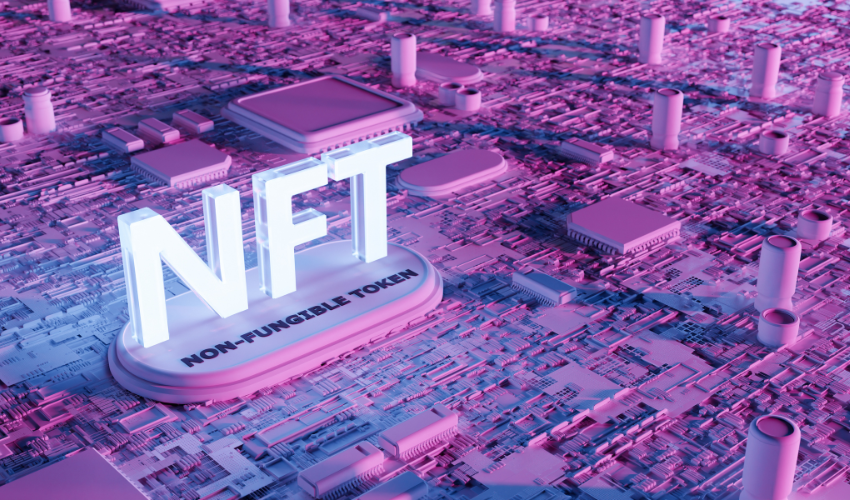Lately, the internet has been filled with NFT art and NFTs in general, but what exactly are they and what does NFT stand for?
NFT is an abbreviation for non-fungible tokens, which are cryptographic units of data on ablockchain.They were originally launched on the Ethereum blockchain, however, they are now supported by other blockchains as well. Each has a unique code that can neither be replicated nor traded or exchanged at equivalency. As a result, NFTs can become collectible data assets with real value, similar to tangible artworks. That’s the difference between fungible and non-fungible tokens, that fungible tokens like cryptocurrencies are indistinguishable - meaning that they can be used as a means for commercial transactions, unlike NFTs.

How did NFTs become so trendy recently?
As mentioned before NFTs are like paintings, special comic books, or any other collectible items. You are essentially paying for a piece of data that proves your ownership of the original copy. NFTs represent a new way for artists, gamers and even brands to sell their assets, and also give their fans a possibility to support and access them digitally.
The most famous and most expensive sale of NFT was in 2021 and it was Beeple’s Everydays: The First 5000 Days. The piece was sold for an unbelievable $69.3 million. This went viral on mainstream media and made NFTs famous among the general public. Celebrities further helped blow NFTs up either by investing in the collectibles or by creating their own.
What is important about non-fungible tokens (NFTs) as they relate to sustainability?
Just like all the other digital transactions, NFTs also require big amounts of energy consumed to be possible - meaning that NFTs are at least partially responsible for the current climate change. Memo Akten, a digital artist, found that the average NFT has a carbon footprint equivalent to more than a month’s worth of electricity for a person living in the EU, which makes them extremely bad for the environment and this is one of the main reasons that NFT is such a controversial topic.
However, the crypto world is trying to change, and many platforms now promote their eco-consciousness. More and more the bitcoin mining necessary for NFTs can be presently traced to renewable resources.
How NFTs will change the world?
Even though NFTs are nowadays primarily used in digital art and media, their use could extend far beyond that e.g., real estate, medical records, patents, identity verification, academic credentials, voting and so much more. So far, it seems that we will hear a lot more about NFTs in the days to come as the fact that each NFT has a unique code presents a sea of opportunities for the future.